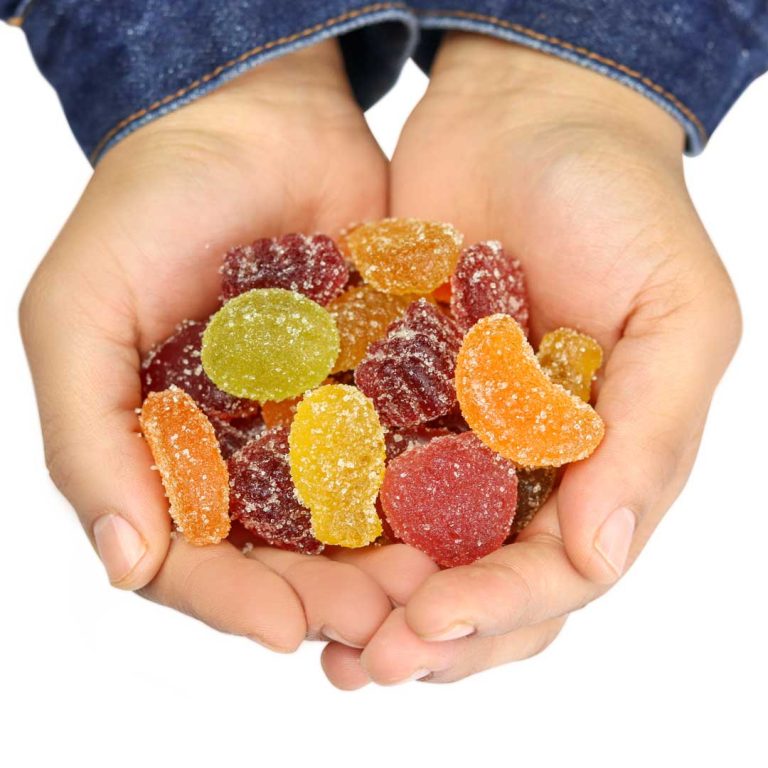Did you know that food packaging significantly impacts purchasing decisions? From visual design to sustainability, the way products are packaged plays a crucial role in attracting consumers. In this article, we’ll explore how food packaging affects consumer behavior, discuss best practices, and highlight the rise of eco-friendly solutions that can give your brand a competitive edge.
The First Impression: Food Packaging Design
When it comes to food shopping, consumers are bombarded with options on store shelves. Amidst this sea of choices, the design of food packaging often serves as the first point of contact between a product and its potential buyer. A well-thought-out design not only grabs attention but also communicates the product’s value.
Key Elements of Effective Packaging Design
- Color Schemes and Typography
Bright, bold colors may appeal to children, while muted tones often attract health-conscious adults. Similarly, typography can signal luxury, simplicity, or reliability depending on its style and size. - Imagery and Graphics
High-quality visuals of the product can build trust and appeal to a consumer’s senses, making them imagine the taste, texture, or aroma. - Brand Identity and Messaging
Clear and concise branding, including logos and taglines, reinforces brand recognition. Packaging that tells a story can evoke emotions, making the product memorable. - Materials and Sustainability
The choice of materials, such as eco-friendly or recyclable options, reflects a brand’s values and resonates with environmentally conscious buyers.
For instance, a sleek, minimal design with pastel tones might convey organic, health-oriented products, while vibrant packaging with fun fonts could target families or children.
The Psychology of Food Packaging
The psychological impact of packaging goes beyond its visual appeal. Research has shown that specific elements of packaging can influence the way consumers perceive a product’s quality, convenience, and alignment with their values.
Key Psychological Factors
- Convenience
Single-serve packaging and resealable containers make products more appealing to busy consumers who value practicality. - Health and Wellness
Labels that highlight nutritional benefits, such as “low sugar” or “rich in protein,” cater to consumers seeking healthier lifestyles. - Sustainability
Packaging that uses biodegradable or recyclable materials appeals to eco-conscious shoppers who prefer brands aligned with their values. - Emotional Connection
Packaging that tells a story or features nostalgic imagery can create an emotional bond, increasing the likelihood of purchase.
These factors underscore the importance of understanding your target audience when designing packaging.
Key Factors Influencing Consumer Buying Decisions
Numerous aspects of food packaging can impact purchasing choices. Let’s take a closer look at these influential factors:
1. Labeling and Transparency
Modern consumers value honesty and clarity. Clear ingredient lists, nutritional facts, and allergen warnings help build trust. Misleading or incomplete labels can deter buyers.
2. Packaging Size and Portion Control
Whether it’s single-serve options for on-the-go lifestyles or larger family-sized packs, the right portioning appeals to different demographics.
3. Shelf Life and Preservation
Innovative solutions like airtight seals or modified atmosphere packaging enhance freshness and shelf life, reassuring consumers about the product’s quality.
4. Certifications and Endorsements
Labels like “Organic,” “Non-GMO,” or endorsements by trusted organizations can influence perceptions and instill confidence in the product’s credibility.
The Rise of Sustainable Food Packaging
As environmental concerns continue to grow, sustainable packaging has shifted from a niche trend to a mainstream expectation. Eco-conscious consumers are driving this demand, encouraging brands to innovate.
Popular Sustainable Packaging Options
- Bioplastics
Derived from renewable sources like cornstarch, these plastics decompose faster than traditional ones. - Compostable Materials
Packaging that breaks down naturally reduces landfill waste and aligns with green initiatives. - Minimal Packaging
Simplified designs that use less material help reduce environmental impact. - Refill Options
Refillable containers or packaging-free stores cater to zero-waste lifestyles.
Brands that embrace these options not only appeal to environmentally aware consumers but also demonstrate social responsibility.
The Impact of Packaging on Consumer Perception

The way a product is packaged shapes how consumers perceive it in terms of:
- Quality and Freshness
Premium materials and visually appealing designs signal superior quality. Airtight packaging suggests freshness, especially for perishable items. - Brand Reputation
Consistently well-designed packaging reinforces brand identity and builds trust over time. - Value and Price
Elegant designs may justify higher prices, while simpler packaging may appeal to budget-conscious buyers. - Health and Wellness
Packaging that highlights natural ingredients or health benefits reinforces a product’s appeal to wellness-focused consumers.
For instance, products in glass jars often convey luxury and quality, while products in biodegradable pouches might attract eco-friendly buyers.
Best Practices for Food Manufacturers
To leverage the power of food packaging effectively, food manufacturers should adopt these best practices:
- Conduct Market Research and Consumer Analysis
Understand the preferences, habits, and values of your target audience. This insight informs packaging design decisions that resonate with consumers. - Invest in Innovative Packaging Design
Experiment with colors, fonts, and materials to create a visually appealing and functional design. - Prioritize Sustainability
Choose materials and production processes that minimize environmental impact while maintaining quality. - Ensure Compliance with Regulations
Meet legal requirements for food labeling and packaging, including allergen warnings and expiration dates.
Brands that combine creativity with functionality and sustainability are more likely to succeed in the competitive food industry.
The Future of Food Packaging
As technology advances, the future of food packaging is poised to become even more innovative. Smart packaging with QR codes or NFC chips can provide consumers with real-time information about the product, such as its origin, nutritional details, or even recipe ideas. Additionally, biodegradable and edible packaging options are likely to grow in popularity as sustainability becomes a more pressing concern.
Conclusion
Food packaging is far more than just a container—it’s a critical marketing tool that influences consumer behavior, communicates brand values, and ensures product quality. By understanding the psychological and practical aspects of packaging, manufacturers can create designs that resonate with their target audience and stand out in the competitive food market.









